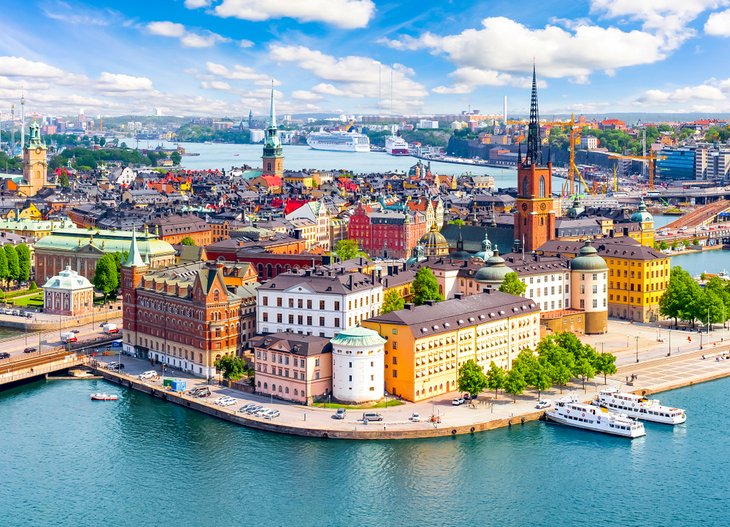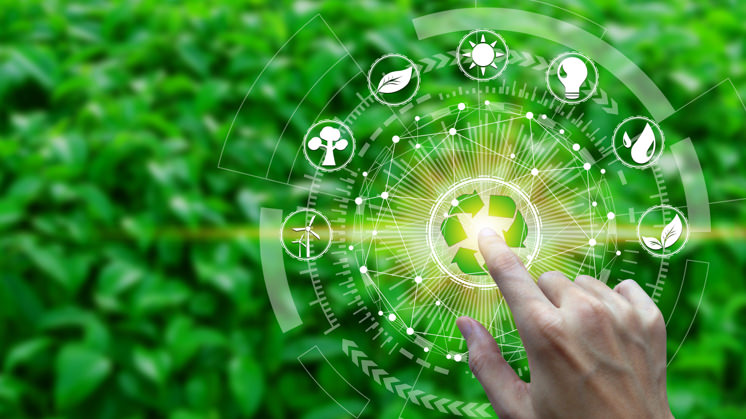The Carbon Border Tax Revolution
Complete CBAM Guide for Global Exporters
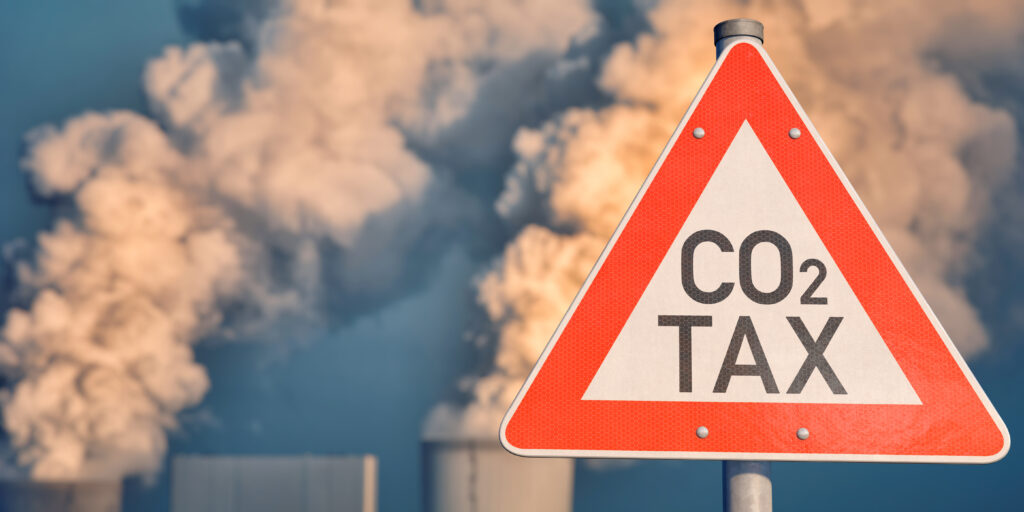
How Europe's Carbon Border Adjustment Mechanism will reshape international trade and what exporters need to do now
If you're exporting goods to Europe, there's a new player in town that's about to change everything: the Carbon Border Adjustment Mechanism, or CBAM. Think of it as Europe's way of saying, "If you want to sell here, you need to pay for your carbon emissions too."
Starting October 2023, this groundbreaking policy has already begun its phased rollout, and by 2026, it will fundamentally reshape how the world trades with Europe. For exporters, this isn't just another regulation, it's a complete paradigm shift that could make or break your European market access.
What Exactly Is CBAM? Breaking Down the Basics
Imagine you're a steel producer in India competing with a steel producer in Germany. The German company pays carbon taxes on their emissions as part of the EU's Emissions Trading System (ETS). You, as an Indian exporter, don't face these carbon costs. This creates what economists call "carbon leakage", production simply moves to countries with less stringent climate policies.
CBAM is Europe's solution to level the playing field. It's essentially a carbon tax on imports, designed to ensure that products entering the EU market face similar carbon costs, regardless of where they're produced. The mechanism requires importers to purchase CBAM certificates corresponding to the carbon emissions embedded in their imported goods.
Think of it as a "carbon passport" for your products. Just as you need proper documentation to cross borders, your goods now need carbon documentation to enter the European market competitively.
The CBAM Timeline: Your Roadmap to Compliance
Understanding CBAM's rollout is crucial for strategic planning. Here's what exporters need to know:
Phase 1: October 2023 - December 2025 (Transitional Period - We're Here Now) This is the "learning phase." Importers must report the carbon content of covered goods but don't yet need to purchase CBAM certificates. Think of it as a dress rehearsal, the stage is set, but the real performance hasn't begun.
Key actions for exporters during this phase:
1. Start tracking and documenting carbon emissions in your production processes
2. Engage with EU importers to understand their reporting requirements
3. Begin collecting the data you'll need for full compliance
4. Consider investing in cleaner production technologies
Phase 2: January 2026 onwards (Full Implementation) The curtain rises. From 2026, importers must purchase and surrender CBAM certificates corresponding to the carbon content of imports. This is when the real costs kick in.
What changes:
1. Financial obligations begin for importers (and likely passed to exporters)
2. Full monitoring, reporting, and verification requirements
3. Potential competitive disadvantage for high-carbon exporters
4. Market access could be affected for non-compliant suppliers
Which Products Are in CBAM's Crosshairs?
CBAM doesn't cover everything yet. The initial scope focuses on carbon-intensive sectors where carbon leakage is most problematic:
Cement: One of the world's most carbon-intensive industries, responsible for about 8% of global CO2 emissions.
Steel and Iron: The backbone of global infrastructure, but also a significant carbon emitter.
Aluminum: Energy-intensive production makes this a prime CBAM target.
Fertilizers: Critical for global food security but heavy in emissions.
Electricity: Direct imports of electricity will be covered.
Hydrogen: As the "fuel of the future," Europe wants to ensure imported hydrogen is clean.
The European Commission has indicated that this list will expand. Chemicals, plastics, and other sectors are already being evaluated for future inclusion
The Real-World Impact: What This Means for Your Business
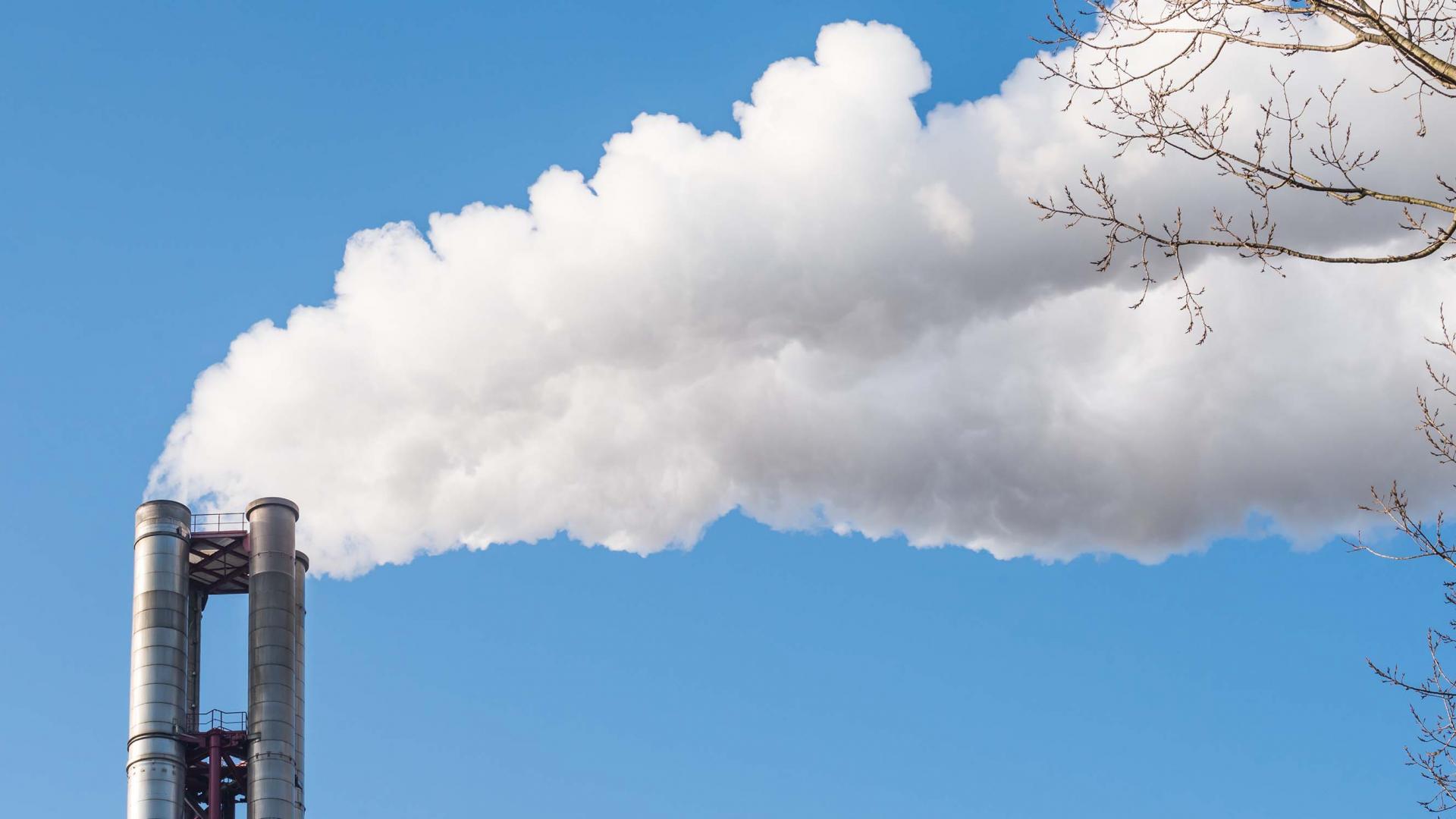
Let's put this in perspective with a practical example. Say you're a cement manufacturer in Turkey exporting to Germany. Currently, you compete primarily on price and quality. Under CBAM, you'll also compete on carbon intensity.
If your cement production generates 900 kg CO2 per ton, while your EU competitor generates 600 kg CO2 per ton, you'll need to purchase CBAM certificates for that 300 kg difference. With carbon prices potentially reaching €80-100 per ton by 2026, that's an additional €24-30 cost per ton of cement potentially wiping out your competitive advantage.
However, this also creates opportunities. Companies that invest early in clean technologies could gain significant market advantages. A Turkish cement company that reduces its emissions to 500 kg CO2 per ton would actually have a cost advantage over EU competitors.
Getting Ready: Your CBAM Action Plan
Step 1: Assess Your Exposure Calculate what percentage of your revenue comes from CBAM-covered products exported to the EU. This determines how urgently you need to act.
Step 2: Measure Your Carbon Footprint You can't manage what you don't measure. Start comprehensive carbon accounting for your production processes. This includes:
1. Direct emissions from your operations (Scope 1)
2. Emissions from purchased energy (Scope 2)
3. Emissions from your supply chain (Scope 3, partially covered)
Step 3: Engage Your EU Customers Your European importers are already grappling with CBAM reporting requirements. Open dialogues about how you can support their compliance and what information they need from you.
Step 4: Explore Reduction Opportunities Identify cost-effective ways to reduce your carbon
intensity:
1. Energy efficiency improvements
2. Switching to renewable energy
3. Process optimization
4. Supply chain improvements
The Bigger Picture: CBAM as a Global Game Changer
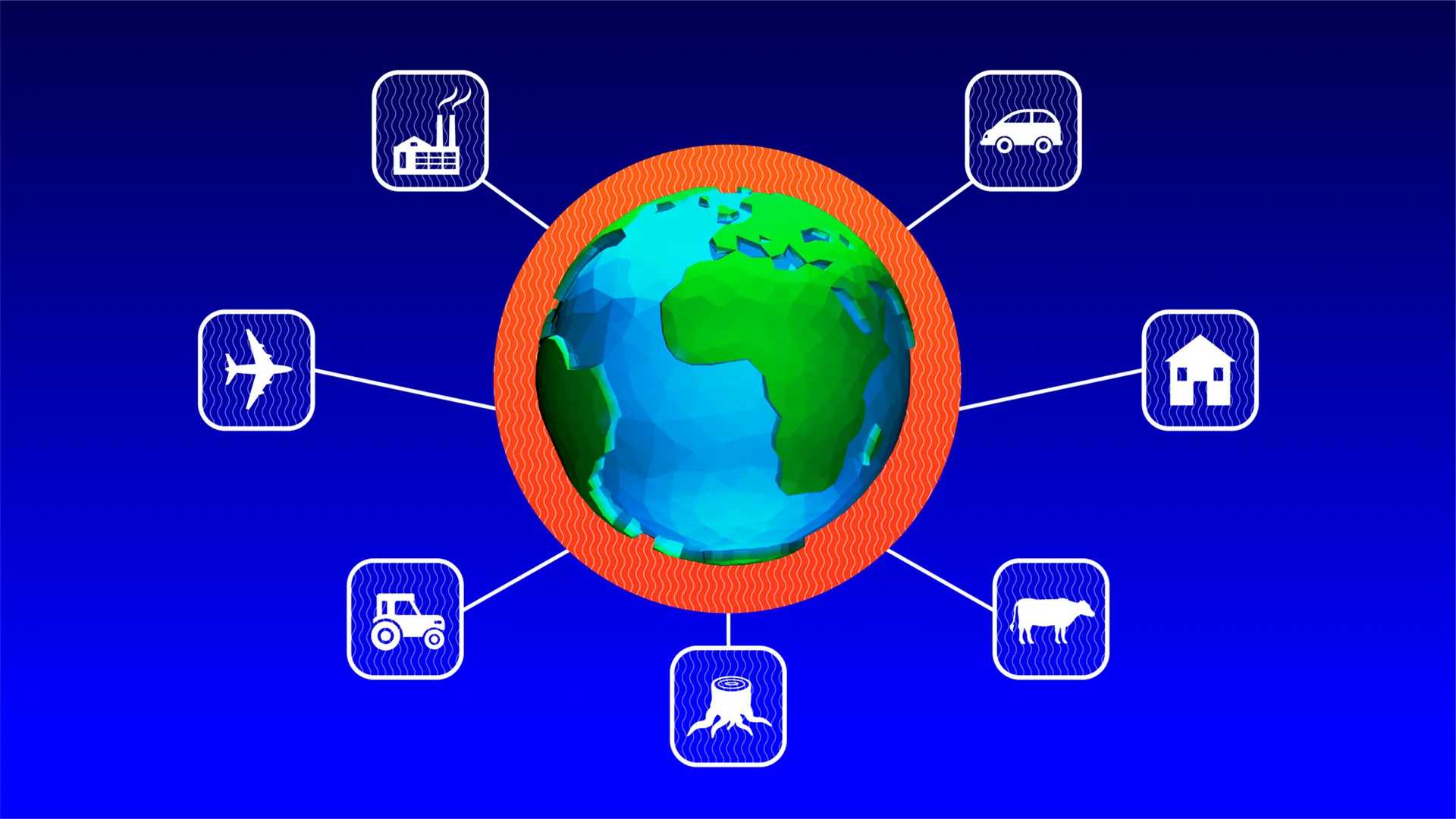
CBAM isn't just an EU policy, it's potentially the beginning of a global shift toward carbon-based trade policies. Other developed nations are watching closely, and similar mechanisms could emerge in the US, UK, Canada, and Japan.
For developing countries, CBAM presents both challenges and opportunities. While it may initially increase costs for carbon-intensive exporters, it also provides strong incentives for green industrialization and could accelerate the global energy transition.
The exporters who will thrive in this new era are those who view CBAM not as a burden but as a business opportunity. By investing in clean technologies now, they can gain competitive advantages that extend far beyond the European market.
Opportunities for Exporters
CBAM unlocks access to the EU’s 1.5 trillion euro market, where low-carbon products command 10 to 20 percent price premiums. Compliant exporters see 15 percent higher contract win rates, as EU buyers prioritize sustainability. For India, CBAM supports the 2070 net-zero target, driving 1 million green jobs by 2030 through investments in renewables and circular practices. About 70 percent of Indian exporters view CBAM as an innovation driver, spurring technologies like green hydrogen.
Challenges and Solutions
Scope 3 emissions tracking is a major hurdle, with only 20 percent of Tier 2 suppliers reporting such data. SMEs face costs for verification and green tech, but extended deadlines and EU-provided templates ease the burden. Automated platforms like WOCE’s esgpro.ai can reduce compliance costs, streamlining data collection. Exporters should also leverage EU technical assistance, expected to roll out in 2026, to fund decarbonization.
Your Next Steps
CBAM is not a distant future concern, it's happening now. The transitional period is your window of opportunity to prepare, adapt, and potentially gain competitive advantages.
Start by understanding your carbon footprint, engage with your EU customers, and explore reduction opportunities. The companies that act decisively today will be the ones that dominate tomorrow's carbon-conscious global marketplace.
The carbon border tax revolution has begun. The question isn't whether it will affect your business, it's whether you'll be ready to turn this challenge into your competitive advantage.
Ready to navigate CBAM compliance and turn carbon consciousness into competitive advantage? Contact WOCE for expert guidance on carbon measurement, reduction strategies, and CBAM readiness.
